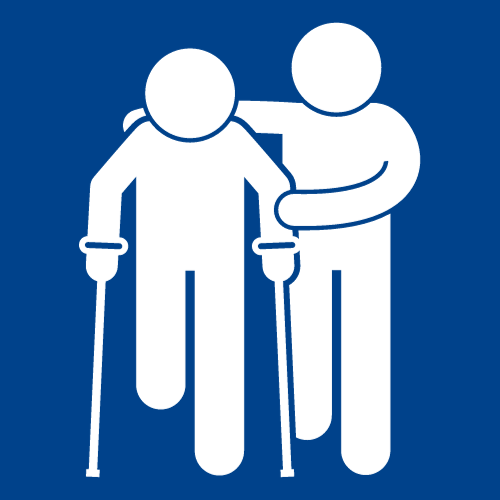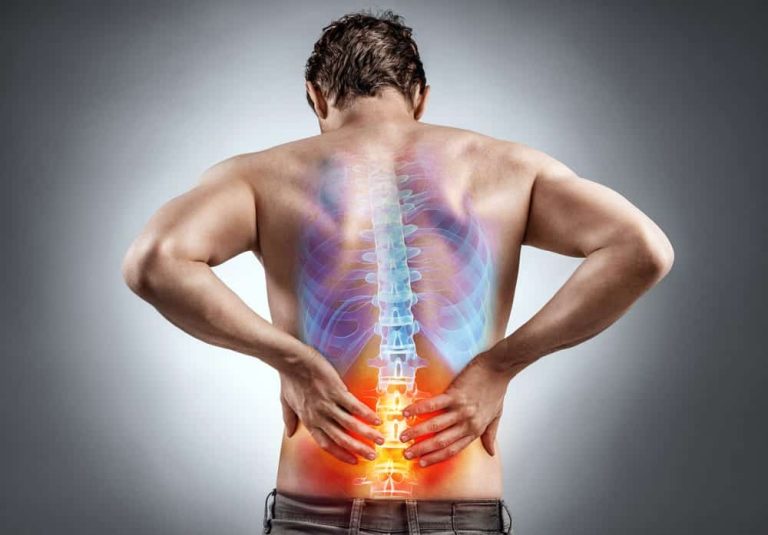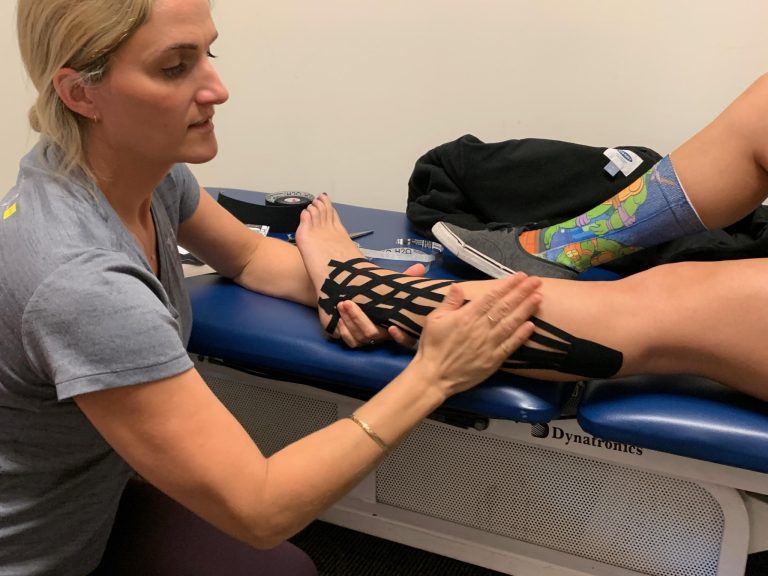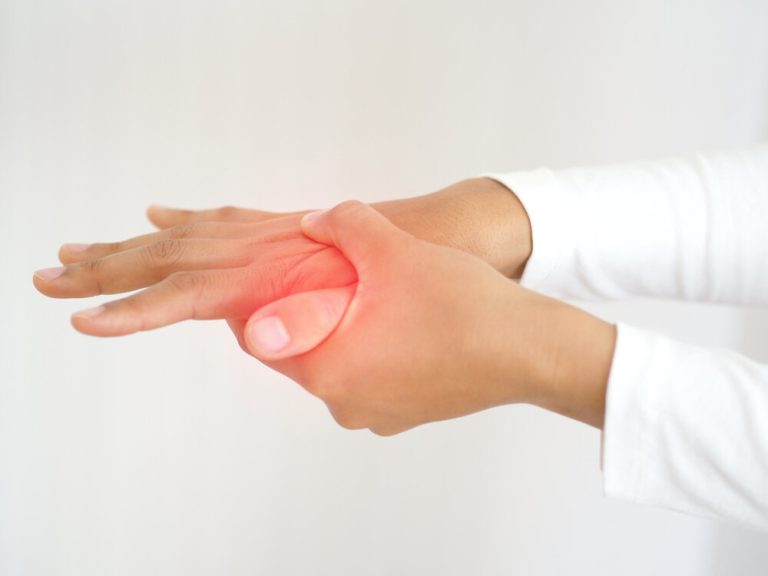So you have developed a pain in your wrist or hand. This pain may be hindering your ability to bear weight through your hand when you get out of chairs or off the ground. You may not be able to grip jars or hold onto pots and pans. Perhaps opening doors or typing on a keyboard has become difficult.
You have tried resting, bracing, ice/heat, and medication, but still your pain persists. What could be wrong? What is it going take to resolve? How long will it to take to resolve? A PT with specialized training can answer your questions and more.
What is Happening in My Wrist?
The wrist is a complex joint between the two bones in the forearm (radius and ulna) and the eight small bones in the hand (carpal bones). Wrist pain is a common complaint that can occur for a number of reasons. Wrist pain can occur suddenly due to a trauma such as a fall on an outstretched hand.
It can also come on gradually for no obvious reason due to repetitive stress or overuse. Because of the many factors that can lead to wrist pain, diagnosing the exact cause can sometimes be difficult and can lead to many unnecessary test and treatments.
An Accurate Diagnosis is Key
An accurate diagnosis is essential for proper treatment. Mechanical Diagnosis and Therapy (MDT) is a well-known, documented, and successful treatment approach that has been used worldwide for 40+ years to treat spinal disorders. MDT is known for its ability to accurately diagnose and treat many mechanical pain syndromes.
Only in the last 10–17 years have MDT principles been routinely applied to extremity joint problems such as wrist pain. Clinicians using MDT to treat extremity problems such as wrist pain are rapidly resolving many common disorders, and research is beginning to support its use and effectiveness in the extremity joints.
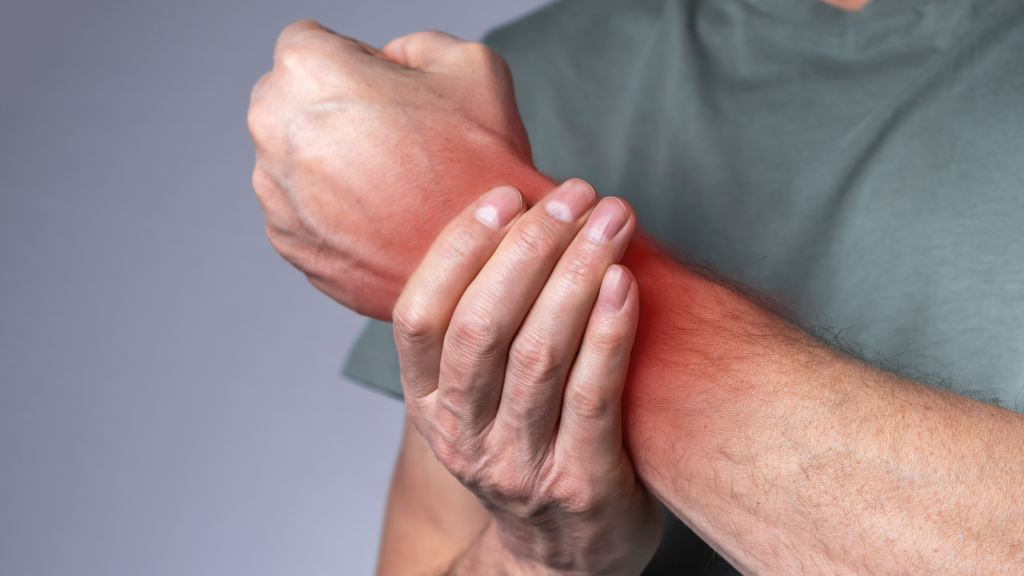
Identifying Directional Preference
One key factor involved in MDT evaluation and treatment is the identification of directional preference (DP) during repeated movement testing of the extremity joints. DP is a term used to describe the specific direction of end-range movement that causes the patient’s symptoms to rapidly decrease, centralize or localize, and eventually abolish. DP is a feature only identified in patients who fall into the MDT diagnostic category of derangement.
Previously, derangement was thought to occur less often in the extremity joints as compared to the spine. Researchers have previously published DP rates ranging from 19% to 40% in the extremities. A recent study identified DP in 79% of wrist pain patients.
This study of wrist pain patients also shed some perspective on the number of directions and loading strategies that are available to explore and lead to the identification of DP and ultimately the rapid resolution of the patient’s wrist pain. The study gave insight into certain mechanical stresses that can be identified in the MDT assessment and that, nearly 75% of the time, help predict which direction will be preferred when tested.
For example, a patient with wrist pain who works as a waitress and is often required to carry trays of food with her wrist in loaded extension will likely have a directional preference for unloaded wrist flexion (the opposite direction of the offending mechanical stress). Another patient with wrist pain who works as a secretary and types with the wrist held in unloaded flexion will likely have a DP of loaded wrist extension.
My Clinical Experience with MDT for Wrist Pain
I have been routinely using MDT to evaluate and treat extremity disorders since around 2000. After reading The Human Extremities: Mechanical Diagnosis and Therapy and attending one of the first MDT extremity courses held in the USA by the McKenzie Institute,. Only about 4% of patients I see in my facility have wrist or hand problems as the primary reason for visiting me.
I have documented the functional outcomes using the Disability of the Arm, Shoulder, and Hand (DASH) instrument of seven wrist pain patients I diagnosed with derangement (DP was present). The initial DASH score of these patients was 40; the discharge DASH score was lowered to 14. These patients averaged 10 visits over 5 weeks.
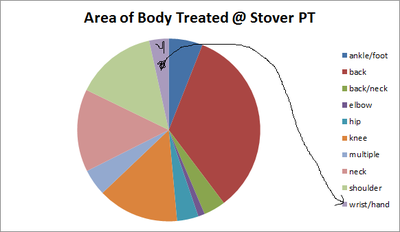
When to Seek Help?
If you have suffered a recent trauma, such as a fall, and have severe pain, swelling, loss of movement, or a possible deformity in your wrist, you should go to your nearest emergency room! They will perform the proper imaging to rule out serious problems such as fractures and dislocations. If your pain has not been caused by a recent trauma, or if it has already been evaluated with proper imaging and deemed safe for evaluation with movement, visit a clinician who utilizes MDT to see if your problem has a preferred direction that will quickly resolve your problem. Apparently, this is more common than we realize! This is good for you and fascinating to me and other clinicians like me.
